Are Trampoline Dangerous
Many families consider adding a trampoline to their backyard because it offers fun, excitement, and an easy way for kids to stay active. However, one question always rises to the top. Are trampoline dangerous? It is a common concern among parents who want their children to enjoy physical activity but also want to avoid unnecessary risks. Trampolines deliver hours of entertainment, yet stories about injuries have made some people hesitant. Understanding the real safety risks, why injuries happen, and how to reduce those risks helps parents make informed decisions about trampoline use at home or at indoor trampoline parks.
Children love the feeling of bouncing into the air, and parents appreciate an activity that pulls kids away from screens and encourages movement. But before deciding whether trampolines are safe for your family, it is important to look at the factors that contribute to accidents and understand the proper steps to create a safer bouncing environment. This balance of enjoyment and caution helps answer the question more accurately when families ask are trampoline dangerous.
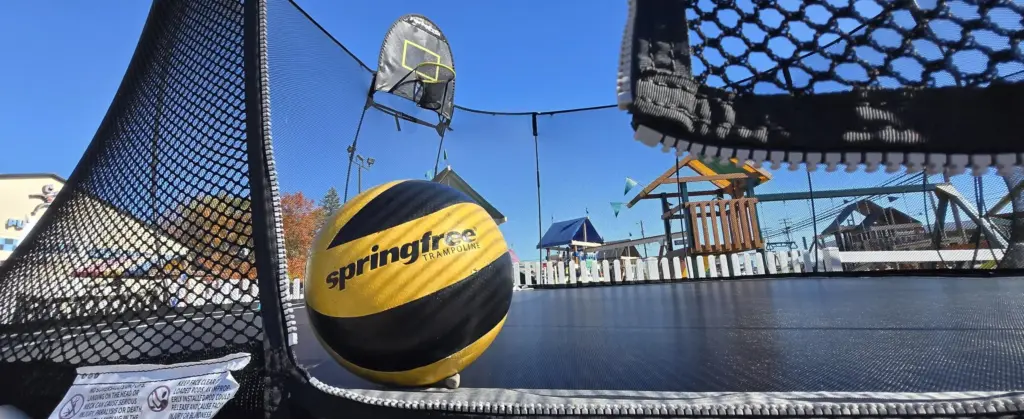
Understanding Why Trampoline Injuries Happen
When families ask are trampoline dangerous, the first thing to understand is how most injuries occur. Many accidents happen when multiple children bounce at the same time. Heavier jumpers can create unstable bounce patterns that cause smaller children to lose balance. Falls off the trampoline, collisions between jumpers, and awkward landings also contribute to injuries. These risks are real, but they can be reduced significantly when parents supervise play and set clear rules about how the trampoline should be used.
According to safety insights shared by the American Academy of Pediatrics, many trampoline injuries involve sprains, fractures, or falls, especially when proper safety precautions are not followed. This does not mean trampolines must be avoided entirely. Rather, it highlights the importance of using safety nets, padding, and controlled jumping routines to ensure safer experiences. When used responsibly, trampolines become far less dangerous and much more enjoyable.
Are Trampoline Dangerous for Young Children
One of the biggest concerns parents have is whether young children can safely use a trampoline. This question appears often when people ask are trampoline dangerous. Younger children tend to have less coordination and balance, which increases their chances of falling or landing incorrectly. They may not fully understand how to control their movement or how to react when bouncing near others. For this reason, many health professionals recommend that toddlers avoid large trampolines designed for older children.
However, this does not mean children must completely avoid trampolines. Smaller, low-to-ground models designed specifically for young kids offer safer alternatives. These models often include handlebars, enclosed sides, and lower bounce heights. When properly supervised, these small trampolines can give younger children a chance to benefit from active play without facing the risks associated with larger equipment. Parents can make age-appropriate choices that suit their child’s development and safety needs.

Outdoor Trampolines and Safety Equipment
Many of the risks associated with trampolines occur because equipment is not used properly or lacks essential safety features. When parents ask are trampoline dangerous, the answer depends heavily on whether the trampoline includes safety nets, padded springs, and stable frames. A high-quality safety enclosure prevents children from falling off the trampoline, which is one of the most common causes of injuries. Padding protects jumpers from hitting hard metal surfaces or exposed springs.
Proper installation also plays a crucial role. A trampoline placed on uneven ground can shift or wobble. Strong winds can move unsecured trampolines, creating hazards. Parents should anchor their trampoline securely, check the springs often, and inspect the mat for signs of wear. By maintaining the equipment regularly, families reduce the risk of unexpected accidents and create a more dependable play environment.
Indoor Trampoline Parks and Safety Considerations
Another reason families ask are trampoline dangerous is because indoor trampoline parks have become popular in recent years. These parks use interconnected trampolines that cover large spaces. While they offer unique excitement, they also attract many jumpers at once, which can increase the chances of collisions and awkward landings. Safety rules are essential, yet not every child follows them as they should.
Parents who want to evaluate the safety of indoor parks can read more about these concerns in Are Trampoline Parks Dangerous. Understanding the risks and observing how a park manages crowd control, staff supervision, and equipment maintenance helps families make better decisions. Many parks have strong safety procedures in place, but others may lack strict oversight. Visiting during less crowded times and monitoring children closely can make indoor parks safer and more enjoyable.
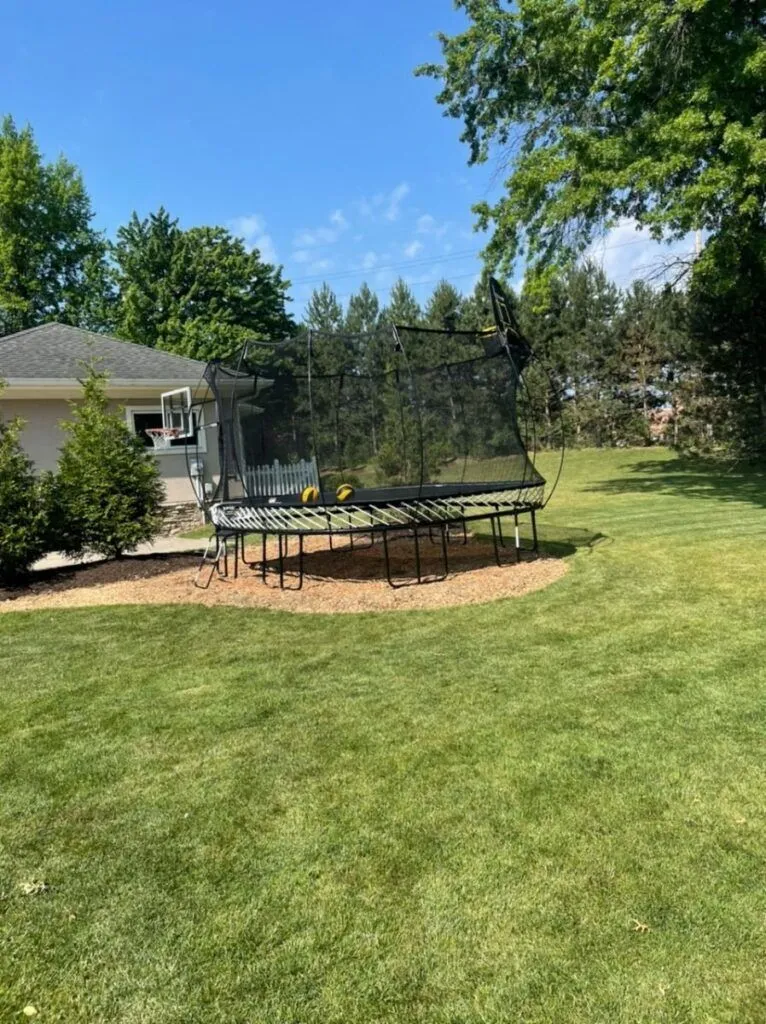
How Supervision Reduces Injury Risk
Supervision is one of the most effective ways to reduce trampoline injuries. The question are trampoline dangerous often has a different answer depending on whether parents actively watch their children while they jump. Supervision helps enforce rules such as limiting the number of jumpers, avoiding flips for inexperienced users, and stepping aside when tired. Children sometimes push limits when unsupervised, which increases the chance of unsafe behavior.
Parents who stay nearby can quickly guide children, correct risky movements, and ensure that jumps remain controlled. This presence alone reduces the likelihood of falls, collisions, and injuries. When supervision is combined with safety equipment and proper usage, trampolines become much safer than many parents initially believe.
The Benefits of Trampoline Play
Even though families may wonder are trampoline dangerous, it is important to recognize that trampolines also offer many benefits. Jumping builds cardiovascular strength, improves coordination, increases balance, and encourages children to stay active. Trampolines provide an engaging alternative to screen time and promote outdoor play. The movement strengthens leg muscles, develops flexibility, and boosts motor skills.
For many children, the excitement of bouncing motivates them to move more often than they would through traditional activities. These physical benefits can support healthier habits and improved fitness. When used responsibly, a trampoline is far more than a toy. It becomes a valuable wellness tool that contributes to a child’s development.
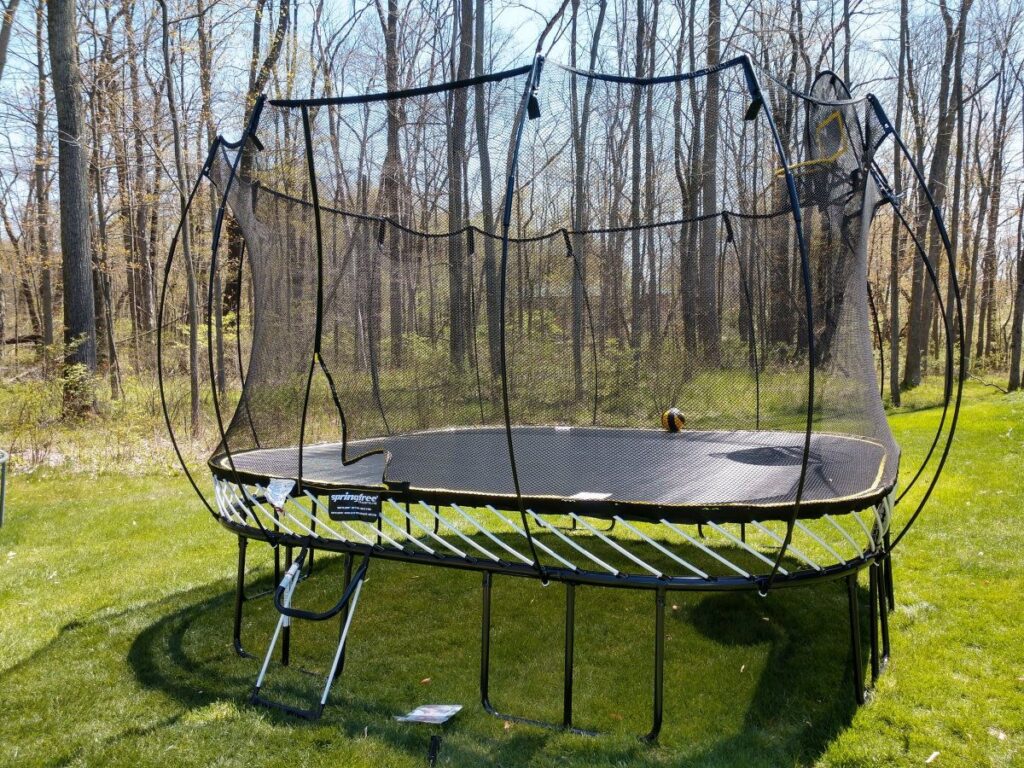
Trampoline Safety Tips for Families
If families are concerned about whether are trampoline dangerous, learning a few fundamental safety tips helps reduce risk significantly. Choosing one jumper at a time prevents collisions. Making sure mats and springs are covered lowers injury risk. Setting clear boundaries about flips or advanced movements ensures children only attempt skills they are ready for. Proper footwear, such as grip socks or bare feet, improves stability and balance.
Families should also establish rules about entering and exiting the trampoline safely. Jumpers should avoid sitting on the edge or leaning on the safety net. Taking breaks when tired helps reduce the likelihood of poor landings caused by fatigue. Small habits like these create a safer play environment and give parents more confidence in using trampolines at home.
Choosing High Quality Trampolines
The quality of the trampoline itself plays a vital role in answering the question are trampoline dangerous. Higher quality trampolines include stronger frames, longer lasting mats, secure enclosures, and reliable springs. These features reduce the chance of equipment-related accidents. Families who invest in durable trampolines enjoy greater peace of mind and a longer lifespan from their equipment.
When shopping for outdoor play equipment, many families turn to Kids World Play Systems for guidance and selection. Choosing reliable products ensures a safer experience and prevents many common equipment issues found in cheaper models. Quality always plays a role in safety, especially for active children.
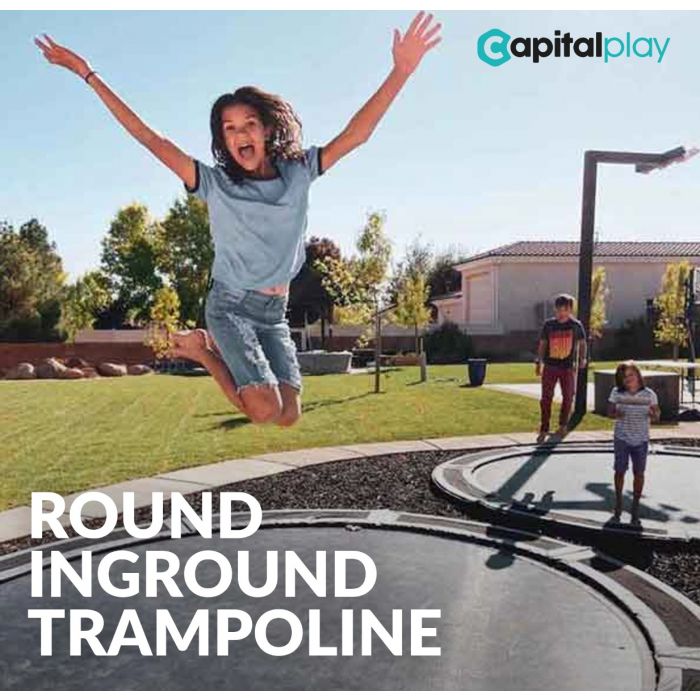
Planning a Safer Play Environment
A safe environment extends beyond the trampoline itself. Parents can place the trampoline in an open area away from trees, fences, or hard surfaces. A soft landing zone such as grass or rubber mulch reduces the severity of falls. Setting up a trampoline in a visible area allows parents to monitor children more easily. Planning the play space carefully helps reduce risks and encourages responsible use.
When to Replace or Repair a Trampoline
All trampolines experience wear and tear over time. Mats begin to stretch, springs lose tension, and enclosure nets may weaken. These signs increase the chance of injury, which is why parents should inspect trampolines regularly. If the mat shows holes, the net sags, or the springs creak, it may be time to repair or replace parts. Maintaining equipment is essential when answering the question are trampoline dangerous.
Keeping the trampoline in good condition ensures a safer bouncing experience and prolongs the equipment’s lifespan. Neglecting maintenance can lead to accidents even when children are careful. A quick inspection before each use helps families catch issues early.
When to Seek Expert Guidance
Families who want expert advice about backyard trampolines, safety information, or replacement options can reach out to Kids World Play Systems through the contact page. Having professionals answer questions helps parents feel more confident when creating play spaces for their children.
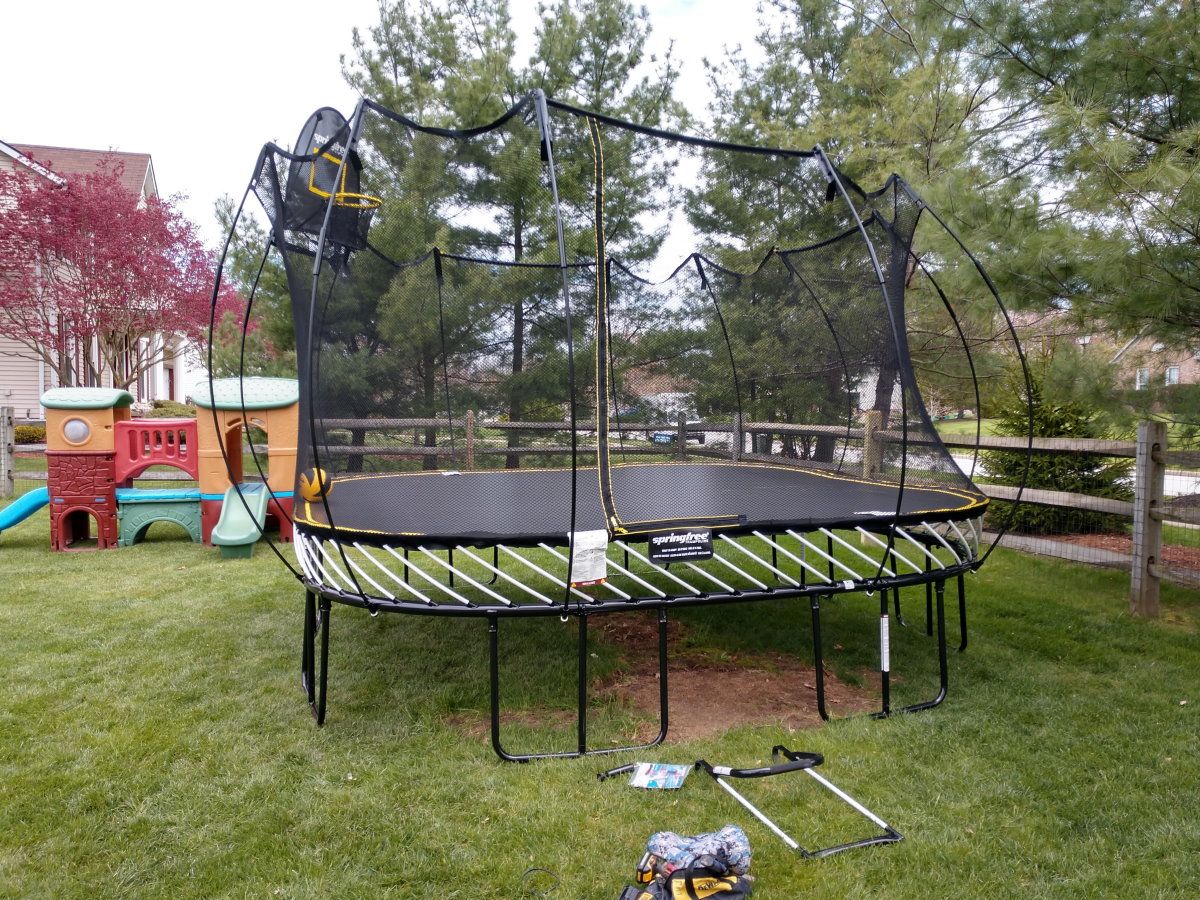
Conclusion
So are trampoline dangerous? The honest answer is that trampolines come with risks, but those risks can be managed with proper equipment, supervision, and responsible use. When families follow safety guidelines, trampolines transform from a potential hazard into a fun, active, and beneficial activity. With the right approach and the right equipment, children can enjoy hours of safe bouncing while parents feel comfortable knowing they have taken the best steps to protect their family.
